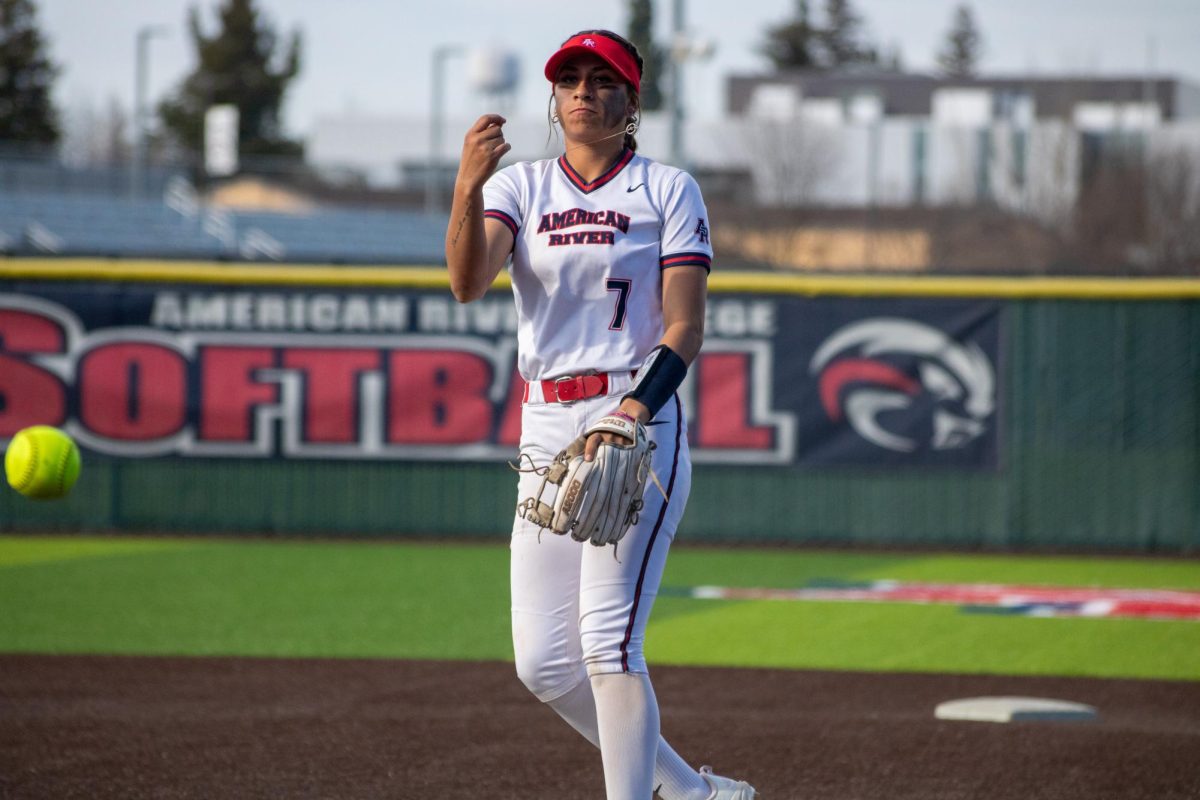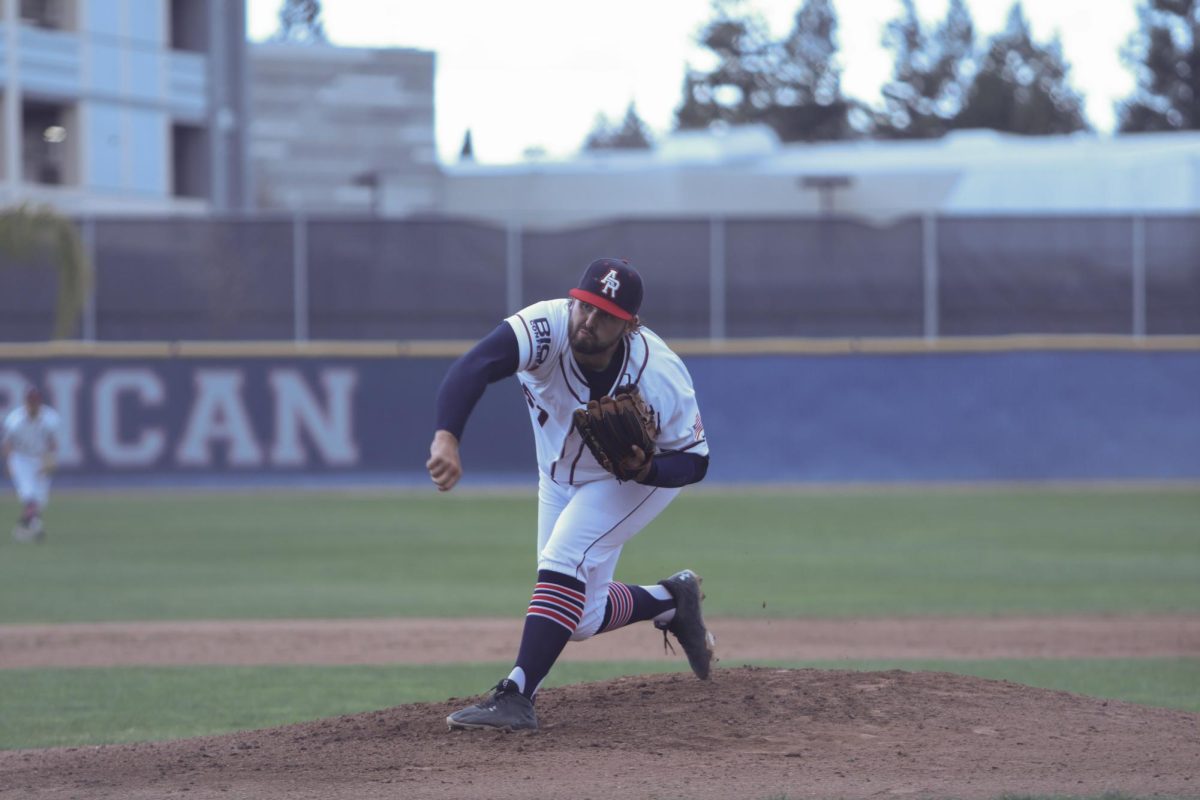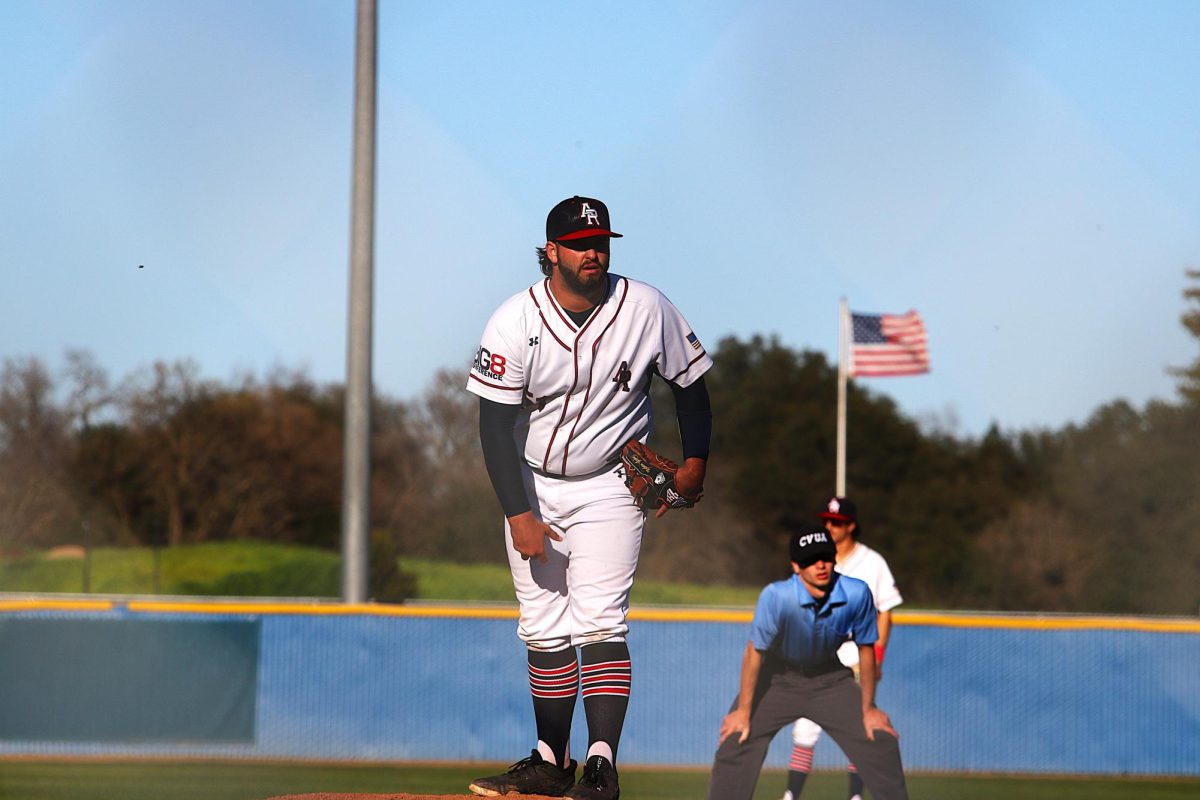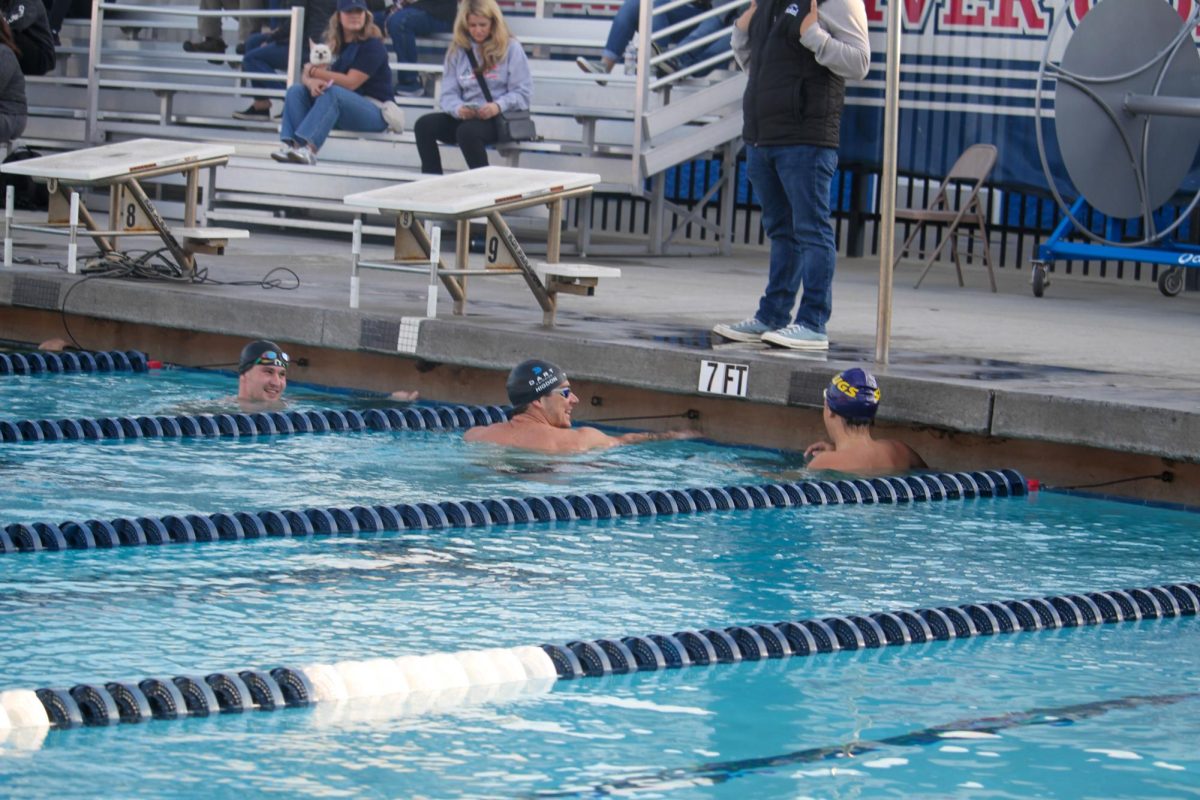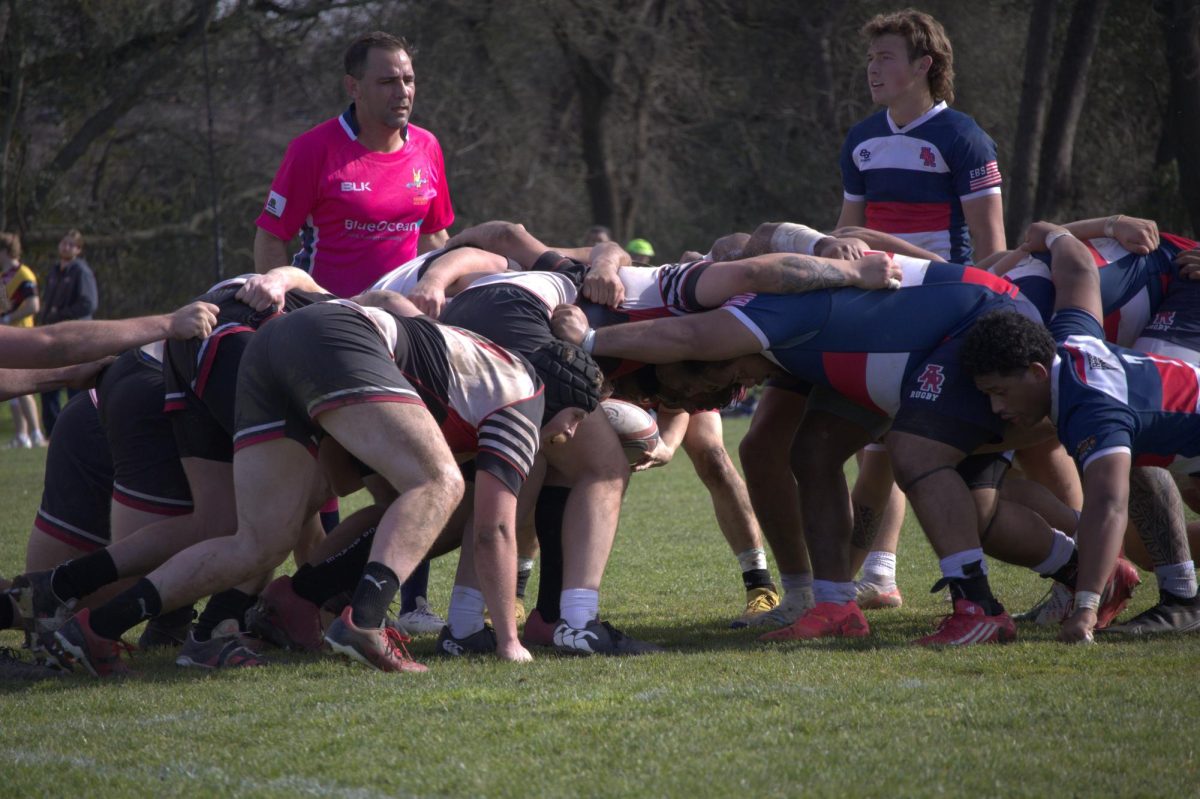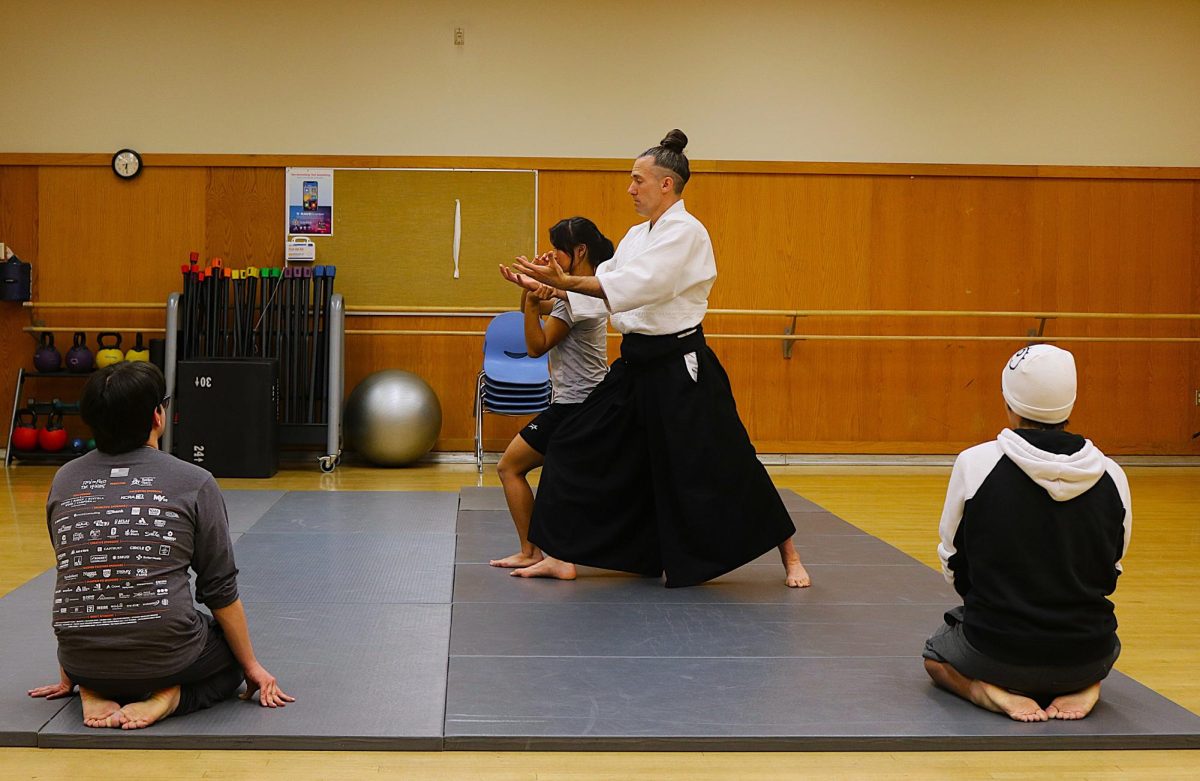Priority registration and an athletic counseling center give players an edge over the normal student
Financial help is given to students at American River College for a variety of reasons, including disabilities, military service and financial struggles.
You could also just be an athlete.
It is a long held tradition in college that athletes get special treatment, driven partially by America’s obsession with sports. This is more visible at universities, but has found its way to junior colleges such as American River College.
Similar to the help one can find from DSPS, or EOPS & CARE, student athletes receive a number of benefits for their ability to pass a ball fifty yards or outswim another person.
The first benefit they’re given is priority enrollment. It’s not a lot, but being on a team will bump your enrollment date up anywhere from a few hours to days. In the high-density environment of ARC, hours can be the difference between getting the class you need and having to wait till next semester.
There’s also the Dusty Baker Student Athlete Support Center. Despite being closed, it’s intended to better serve student athletes. It is placed next to the gymnasium where athletes can walk in and off the field, and is staffed by a specialized counselor. It seeks to get student athletes the aid they need quickly, even same day when possible. This stands in stark contrast to the normal counseling center, where students sometimes wait hours at a time for the slim chance of seeing a counselor for a drop-in appointment, or call on a specific day, every couple of weeks, as early as possible, hoping that the slots for the next two weeks haven’t already filled up.
Pamela Walker, Vice President of Student Services, says they also “receive the lion’s share of [funding]… The money that we get to help offset competition comes from our instructional related account which comes from the book store revenues.” Portions of this money can be requested by any group on campus with an advisor, but, due to numbers, and perhaps better integration with and understanding of the administrative system, sports teams, taken as a single group, receive a much larger amount of that money than other student groups such as Model UN.
Student athletes are only required to take 12 units each semester, nine of which must be academic, i.e., non-sport, and maintain a GPA of 2.0 and complete an education plan of what they’re trying to accomplish in college. Not meeting these requirements means you cannot compete. Athletes may still get early enrollment and counseling priority (when the Dusty Baker Center reopens).
When a student athlete moves to a four-year university, there are scholarship opportunities just for them. Large scholarships for other interests do exist, but they are few, far between, and generally not a “full ride.”


